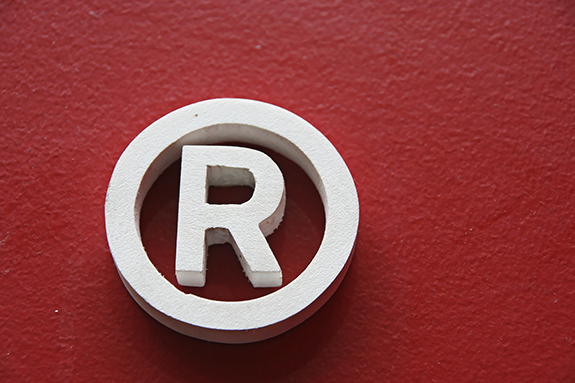Copyright Infringement and Third Party Software Support
Published: January 25, 2018
A recent case out of the Ninth Circuit, Oracle USA, Inc. v. Rimini Street, Inc. (July 13, 2017), illustrates some of the risks third party software vendors run concerning copyright issues. Oracle develops and licenses proprietary “enterprise software” for business around the world. A business using Oracle’s enterprise software would pay a one-time licensing fee to download the software and then can elect to buy a license maintenance contract that provides for periodic software updates.
Rimini provides third party support for Oracle’s enterprise software in lawful competition with Oracle’s own maintenance services. In the course of providing third party services, Rimini also is required to provide software updates to its customers. It appears that between 2006 and 2007, Rimini obtained software and/or updates from Oracle’s website with automated downloading tools on behalf of several of its customers.
Oracle sued Rimini in 2010 and obtained partial summary judgment on parts of its copyright infringement claim. After trial, the jury found in favor of Oracle on other claims (including computer abuse claims which are not discussed in this article) and awarded Oracle damages that totaled more than $120 million after interest, attorney’s fees and costs were added. Rimini appealed the Court’s decision to the Ninth Circuit.
One of the primary issues addressed by the Ninth Circuit was whether Rimini copied Oracle software in a manner that gave rise to copyright infringement. The evidence was undisputed that Rimini used Oracle’s enterprise software to help develop and test updates that it would then push out to its customers. It appears that Rimini, while using the license for one of its customers to obtain the Oracle download, would then use the software to provide updates to other customers who either had Oracle licenses or were considering obtaining them.
Rimini argued that it should have prevailed on the copyright infringement claims by asserting two affirmative defenses, express license and copyright misuse. As to the express license defense, the U.S. Supreme Court has long recognized that “anyone who is authorized by the copyright owner to use the copyrighted work in a way specified in the statute … is not an infringer of the copyright with respect to such use.” However, a person could be liable for copyright infringement to the extent they exceed the scope of the license granted by the copyright holder. Thus, the Ninth Circuit’s inquiry focused on whether Rimini was acting in excess of the scope of the licenses held by its customers.
The District Court had instructed the jury that it would not necessarily be copyright infringement by Rimini if it had used a customer’s license to develop updates for that particular customer. However, it would be unlawful if Rimini was to use the license from one particular customer to develop updates to be used by others. The Ninth Circuit reasoned that Rimini’s use of one customer’s license to develop updates for other of its customers amounted to “cross use” and rejected Rimini’s claims that “cross use” is not infringement. The Court found it significant that Rimini acknowledged that “cross use“ allows it to reduce expense to its customers by essentially “reusing work” performed for one customer. The Ninth Circuit rejected this argument and agreed with Oracle by focusing on the language of the licenses that limited the scope of any authorized use to be done on behalf of that particular licensee. By performing work for other customers, Rimini was exceeding the scope of any license and therefore was liable for copyright infringement.
Next, the Ninth Circuit turned to Rimini’s claim that Oracle was guilty of “copyright misuse.” The copyright misuse doctrine prohibits copyright holders “from leveraging their limited monopoly to allow them control of areas outside the monopoly.” In essence, the doctrine is intended to prevent copyright holders from stifling competition; however, it is not intended to prohibit the copyright holder from using conditions “to control use of copyrighted material.” As a result, the copyright misuse defense should only be used “sparingly.”
Rimini argued that in essence, Oracle was “misusing” its copyright to prevent competition in the “aftermarket for third party maintenance.” The Ninth Circuit rejected this argument finding that there was nothing wrong with requiring third party maintenance vendors to respect and comply with Oracle’s copyrights.
The Ninth Circuit’s decision in Oracle is a reminder that third party software vendors relying on their customer’s licensing of software or other computer programs need to be careful of running afoul of copyright laws. Such vendors should obtain legal advice as to whether any of their proposed services run afoul of the software owners’/developers’ copyright interests.



